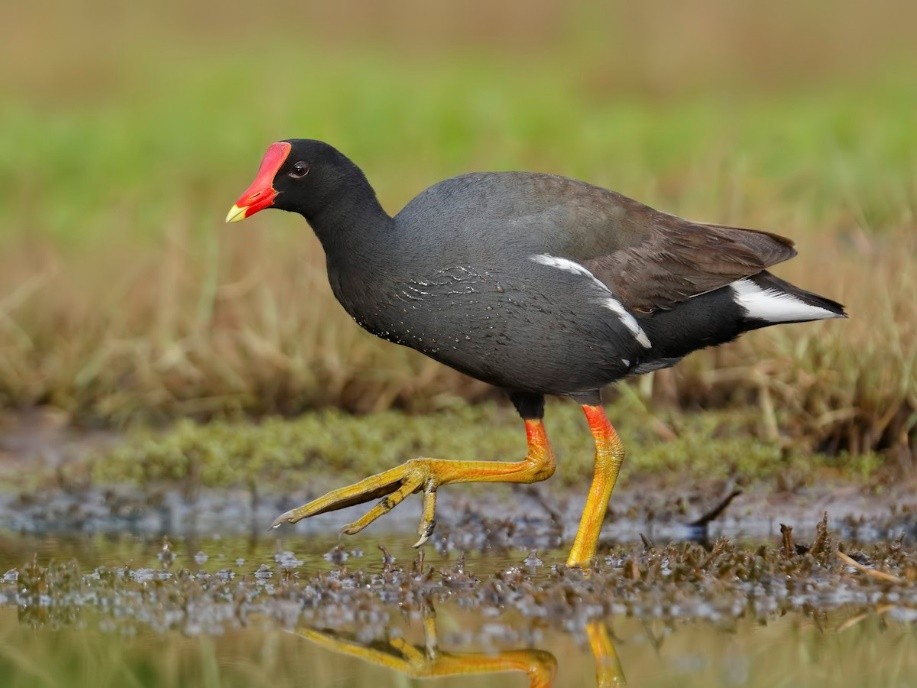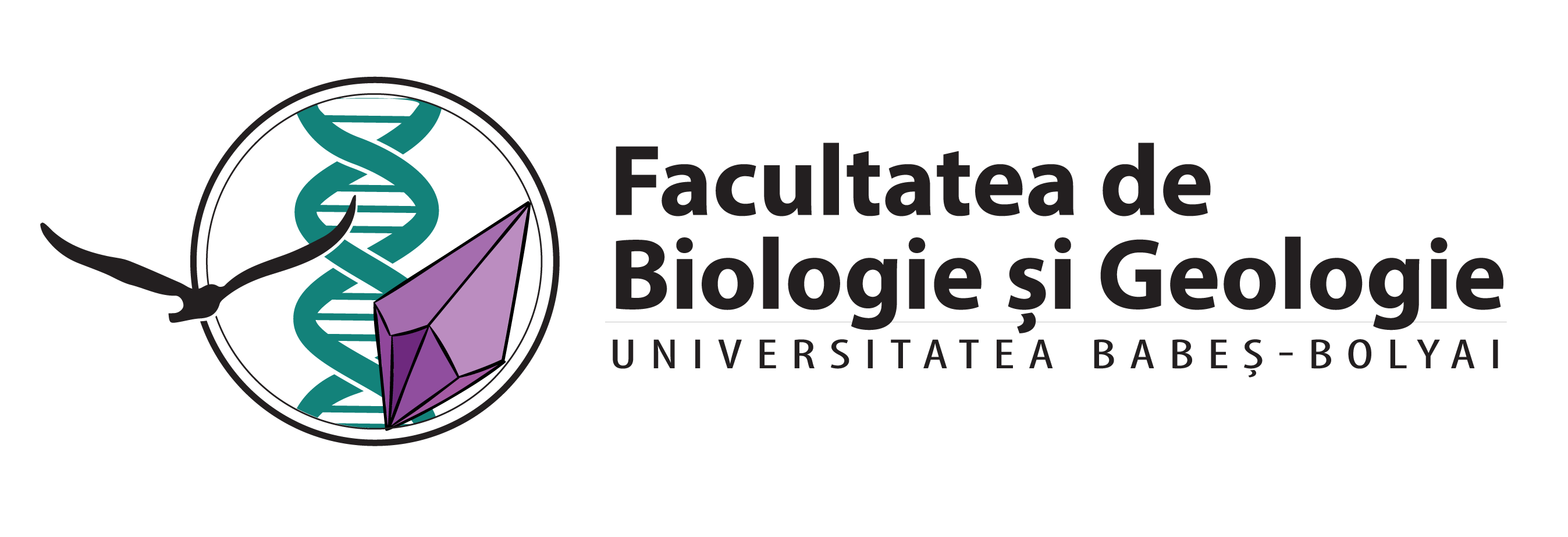
Survival rate of embryos after experimental water immersion in the common gallinule (Gallinula galeata)
A new paper on wetland bird species has been recently published in Journal of Vertebrate Biology by Alexandru N. Stermin. Gallinula galeata – a common bird of the family Rallidae – is nesting in wetlands areas (marshes, ponds) building platforms of matted vegetation on the shoreline. Although numerous species are adapted to nesting in wetland habitats, including shorelines, floating mats, or above-water (i.e. on branches). As an adaptive response, wetland species express plasticity in nesting behaviour and the egg and embryo, the common gallinule appears to be highly adaptable in these respects. An experiment conducted by a team of researchers from Romania and Brazil on eggs from the Lagoa Rodrigo de Freitas (Brazil) of common gallinule (Gallinula galeata), water rail (Rallus aquaticus) and Japanese quail (Coturnix japonica), explored the embryo survival rate in relation to water immersion period. The results shows that water rail embryos are significantly more resistant to immersion than Japanese quail embryos. This finding can be explained as an adaptation to the habitat characteristics in the environment where they evolved. The results contribute to understanding the biology of the common gallinule and highlight differences in the capacity of related species to cope with the potential consequences of climate change.
Stermin, Alexandru N., et al. Survival rate of embryos after experimental water immersion in one of the most adaptable bird species, the common gallinule (Gallinula galeata). Journal of Vertebrate Biology 74.24123 (2025): 24123-1.
